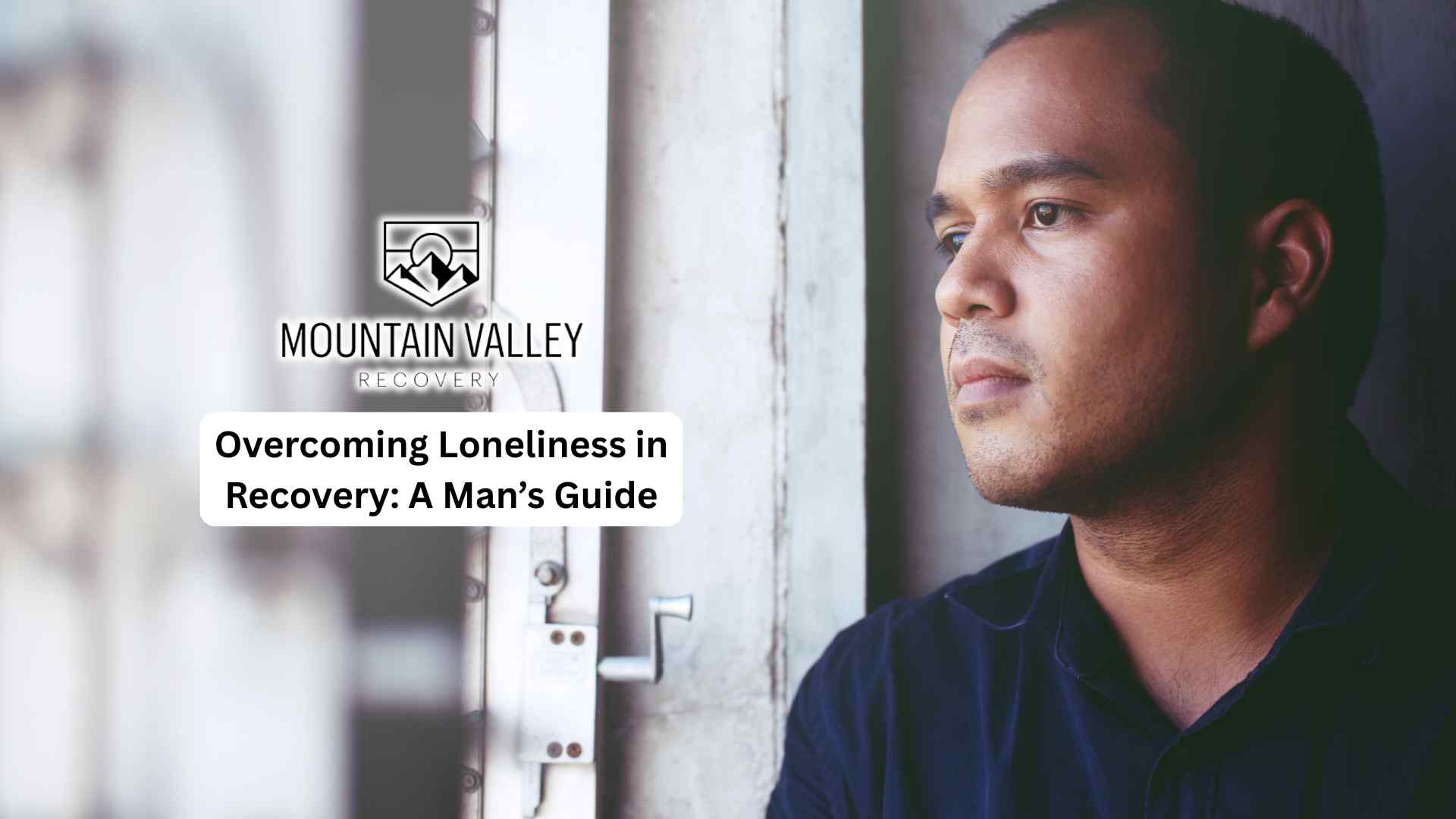Helping someone consider therapy requires care, empathy, and strategy. Men often face distinct barriers—rooted in stigma, cultural expectations, or prior experiences—that may make therapy seem unappealing.
This article outlines a clear, step-by-step process to guide conversations effectively. It also covers timing and setting, conversation framing and even logistics.
Choose the Right Time and Environment
Begin the conversation in a relaxed, private setting where he won’t feel cornered or observed. A quiet room at home or a casual walk can offer space for meaningful dialogue without pressure. Avoid raising the topic during arguments, periods of stress, or in public—these moments rarely create a productive environment for vulnerability or honest reflection.
Begin With Empathetic, Non-Judgmental Language
Start by expressing concern using “I” statements, such as “I’ve noticed you seem more withdrawn lately—that worries me.” This approach reduces defensiveness and frames the conversation from a place of care, not critique. Avoid trying to diagnose or assign blame. Let him know your motivation is to support, not to fix.
Normalize Therapy and Offer Success Examples
Remind him that therapy is common and effective, more than 40 million people accessed mental health services in 2021. Sometimes, sharing public or personal stories of men who’ve grown through therapy can help shift the narrative from weakness to strength. This normalization helps break down internalized stigma that often prevents men from seeking help.
For example, our Utah-based men’s-only addiction rehab creates a supportive, distraction-free environment where men can openly explore their challenges, build resilience, and reconnect with their purpose. In this ranch-based setting, therapy becomes less about fixing what’s wrong and more about becoming who they truly want to be.
Address Misconceptions and Common Fears
Acknowledge any hesitations he may have, including fears of being judged, losing control, or repeating negative past experiences with therapy. Reassure him that therapy is confidential and led by the client’s goals—not a lecture or interrogation. Many men find that once these misconceptions are addressed, the idea of therapy becomes far less intimidating.
Use Couples Therapy as a Non-Threatening Entry Point
Suggesting couples therapy can make the idea feel less isolating. It shifts the focus from his personal challenges to shared growth and relationship improvement. This method can serve as a gateway to individual therapy by demonstrating how helpful and non-threatening the therapeutic process can be.
Highlighting the role of the spouse in therapy also reinforces the idea that healing doesn’t have to happen alone—that support, understanding, and active partnership are part of the journey.

Co-Create a Plan and Remove Practical Obstacles
Offer to help with the logistical side—researching therapists, scheduling a session, or discussing insurance coverage or cost-effective options. Many men feel overwhelmed by these steps, and your support can make therapy feel more accessible. Whether he prefers in-person or online sessions, having choices can restore a sense of control.
Respect Autonomy and His Timeline
Pushing too hard can trigger resistance. Instead, offer the idea and allow space for him to consider it. If he’s not ready, let the conversation pause without resentment. Bring it up again later with the same level of respect and care. Change often happens gradually and requires time.
Reframe Therapy as Practical and Outcome-Focused
Instead of focusing on feelings, emphasize the practical benefits: reduced stress, improved relationships, clearer thinking, or stronger leadership. For some men, therapy framed as a form of performance coaching or self-development feels more aligned with their values and goals than the traditional emotional wellness narrative.
Use Motivational Interviewing Techniques
Motivational interviewing is a collaborative approach that explores a person’s own reasons for change. Rather than imposing solutions, this method helps him clarify his values and goals, which can naturally lead to a desire for therapy. When people feel empowered to choose their path, they’re more likely to take action.
Know When to Set Limits and Seek Support
If your encouragement is consistently met with refusal and the behavior continues to cause harm or distress, it may be time to set personal boundaries. You can’t force someone to seek help, but you can protect your own wellbeing and seek support for yourself. Sometimes, your decision to care for yourself may also serve as a wake-up call for them.
How Can A Male-Centered Therapy Help?
Therapy is most effective for men when it respects autonomy and avoids confrontation. Rather than focusing on what’s wrong, a strength-based approach builds on qualities like responsibility, resilience, and leadership. When therapy honors these strengths, it feels less like a judgment and more like an investment in personal growth.
A men-only rehab setting can further enhance this process by fostering camaraderie and reducing feelings of shame or isolation. Additionally, programs that offer structure and client input often engage men more successfully, increasing their motivation to stay in treatment and make meaningful change.
Final Thoughts from Mountain Valley Recovery
Encouraging a man to consider therapy is rarely a one-time conversation. By approaching the topic with empathy, addressing fears without judgment, and providing practical support, you help lower the emotional barriers that prevent so many men from seeking care. When therapy is presented not as punishment, but as an empowering step toward a better life, it becomes more approachable—and more effective.
At Mountain Valley Recovery, we offer an addiction treatment program in Utah designed specifically for men. Located on a private ranch, our program provides a focused, supportive space where men can confront substance use, rebuild confidence, and connect with others on the same path. Therapy doesn’t just help—it transforms.





